Some rural cemeteries, especially very small ones that are no longer used, may require crossing private property to access. If this is necessary, obtain permission from the landowner before attempting to access the cemetery. Cemeteries that are along a roadside or have public access are a different story, but there also may be restrictions about “visiting hours,” decorations that are allowed, etc.
There is my Benjamin Butler and then there are the other ones. Mine was born about 1819 in New York State and is known to have lived in Michigan, Ontario, Iowa, and Missouri (and possibly a few other locations as well). There are other men of that same name who were of about the same age. I’m always encountering them when I’m looking through records on my Benjamin. So I made a list of these other Benjamin Butlers and what I have about them–focusing on those who lived reasonably close to my Benjamin and were of about the same age. I also made a note that there was a Benjamin Butler born in 1818 in New Hampshire who was eventually a governor of Massachusetts. His name comes up […]
In 1858 a patron of my relative’s bar was killed in an altercation with a tenant who lived in an apartment next door. For years, I referred to the incident as a “murder.” The reference to the incident was inaccurate. I should have referred to it as a “killing,” a “shooting,” or something similar. Are you using the right word when referring to something? Are you using a word that may be conveying a message that’s not entirely accurate? And I actually need to review what charges were brought up against the shooter. Just because a newspaper called it murder does not mean that a court did.
Have you used old entries from Amazon gift registries for your genealogical research? Perhaps not the typical source, but you never know.
I had one cancellation in my group trip to the Family History Library this coming August. Email me at mjnrootdig@gmail.com for registration information if you are interested as online registration via the website has been disabled.
Your ancestral couple are enumerated in the 1850 US census with 13 children. Be careful drawing immediate conclusions–particularly because 1850 US census enumerations do not list the relationship of the individuals listed as living in the same household. Here are a few thoughts. Do not jump the conclusion that the children all have to be the biological children of the apparent husband and wife. Children living with a step-father during this time period may be enumerated with the step-father’s last name even if it that child never used that last name in other records. The oldest man and woman enumerated are likely husband and wife. One or both of them may have had other spouses before 1850. An age gap may suggest the probable wife was his second, […]
One of my new DNA matches turned out to be the great-grandson of a distant relative who died recently. Since many of the individuals involved are living, I won’t go into the details of the search or the specifics of the family, but there are some reminders about DNA match analysis with this match. Obituaries do not necessarily list all descendants. The great-grandmother (on the maternal side) of the match died in 2019. Her obituary indicated she had grandchildren (they are named) but does not reference great-grandchildren. It it possible that certain family members do not acknowledge the great-grandchild. To confuse the issue the paternal grandfather of the match was apparently adopted or raised by his step-father and uses that name. Until I reached that conclusion, the tree […]
From 2018–still good reminders. Depending upon which genealogist you ask there are either brick walls or there are not. Sometimes you get to a “stuck place” in your research and what it’s called doesn’t really matter. There are several ways to try and get around those places, including: making certain you have looked at all records making certain you are aware of all records created in the location of interest looking at how someone solved a similar problem thinking about whether your assumptions are valid writing up your problem for someone else to read making certain you are not relying on someone else’s conclusions making certain that what you think you know is actually correct. etc. There are other approaches, but starting with this list is a good […]
They’re here! Our Genealogy Tip of the Day magnets. These magnets are standard business card sized and perfect for your refrigerator, filing cabinet, genealogy room, or for use on microfilm cabinets while at the Family History Library. Order yours today!
AncestryDNA allows users to have trees that are unlinked to their DNA results. That tree may be for someone who is not biologically related to the testee or the tree may be for grandparent, grandchild or someone else. Be careful devoting too much time looking for the genealogical connection when you do not know how the principle person in the tree is related to the DNA testee.
Way back in 2003, I thought I had “figured out” an 1860 census entry with a few irregular entries. I even had a list of reasons why my conclusion was correct. Flash forward to 2012. In attempting to “redo” the research, I reached a different conclusion about the 1860 census entry–one that meant I had more work to do. Genealogical conclusions are always subject to new information, new procedures, and the potential that a misinterpretation was made along the way. Don’t be afraid to revise.
A Facebook meme asked “How do you pronounce the capitol of Kentucky? Louisville or Louie ville?” The correct answer is your pronounce it “Frankfort.” There’s several lessons there. Proofread. Do not believe everything you see on the internet. Think. Don’t assume. Do not jump to conclusions. And geography, do not forget geography.
Don’t put off writing up that genealogy information until you “get around to it,” “until life slows down,” or “until you have it all completely done.” Many times the ideal point in life to write up that family history never arrives and it certainly doesn’t knock on your door and announcing “I’m the perfect time to complete that family history project.” Something is better than nothing. At the very least share those identified pictures. Someone in 100 years may treasure your incomplete project than you imagined and certain cannot treasure what you never even started. If you’re looking to buy DNA test kits, AncestryDNA is offering some sales until this coming Father’s Day (19 June 2022). Just remind the testee that there may be some unexpected discoveries. Some […]
When I was probably in the second grade, I went in with my dad to a local small motor repair shop to pick up something he had dropped off. When he went to pay the bill, he asked the lady who handled the books what she had been doing lately. “Going over to Keokuk and setting off fires was her answer.” For the longest time, I thought she was the person responsible for setting the string of fires in the nearby river town. She was kidding, but sometimes kids do not realize that. Was there something joked about and great aunt Myrtle, when she was a very small child, over head it and believed it? And then repeated it to you?
Cryptic notes about your DNA match will only confuse you later. Include details about the connection when you determine that relationship. Your notes about a DNA match should indicate the complete relationship (if known) and how you determined that connection. If you were only able to determine part of the connection, indicate that. For example, if you determined the match descended from a specific grandchild of your 3rd great-grandparents, but you can’t determine the relationship with more precision indicate that and include how you came to that conclusion. If the notes field is not large enough for your complete analysis, put the analysis in a text document, save it, and reference it in the notes. My preference is to include as many names in the connecting family line […]
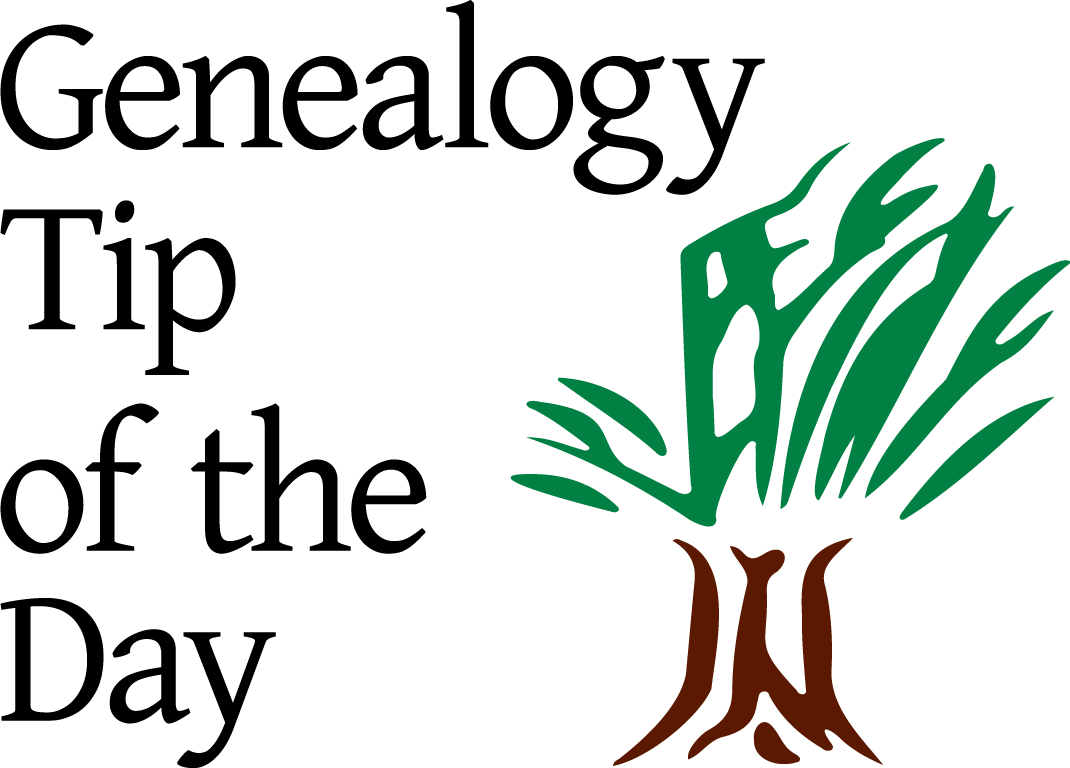
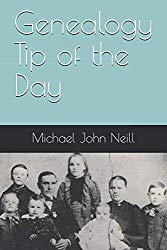
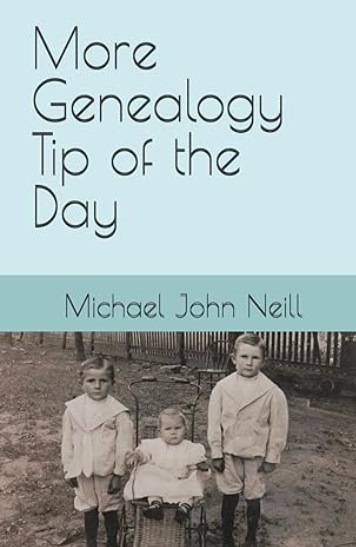


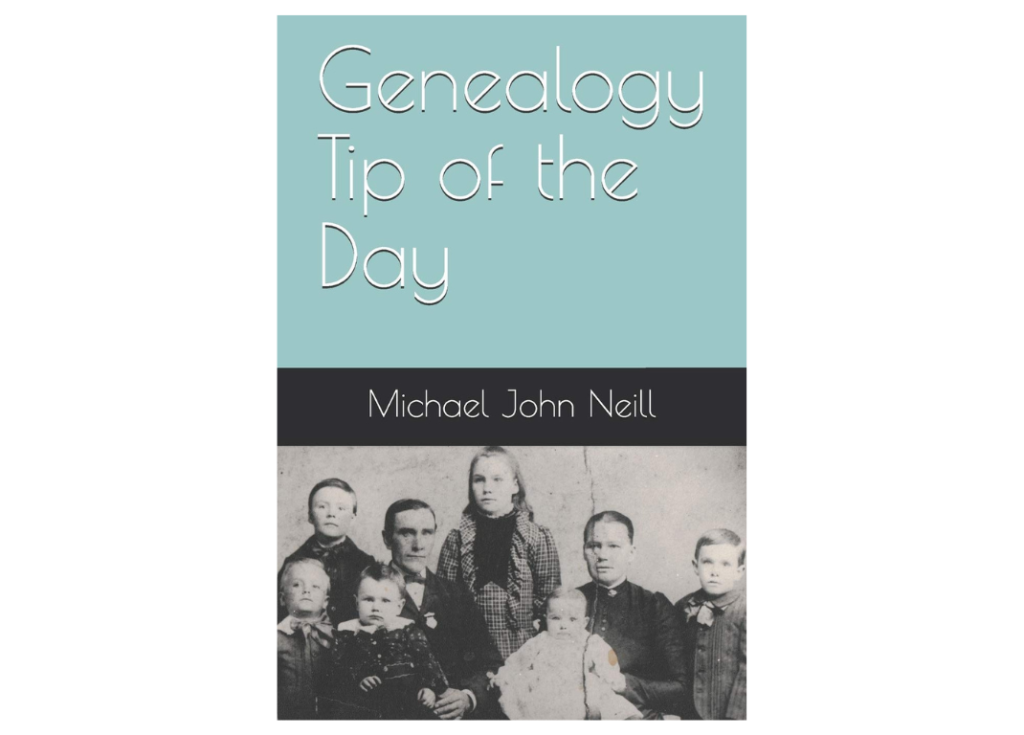
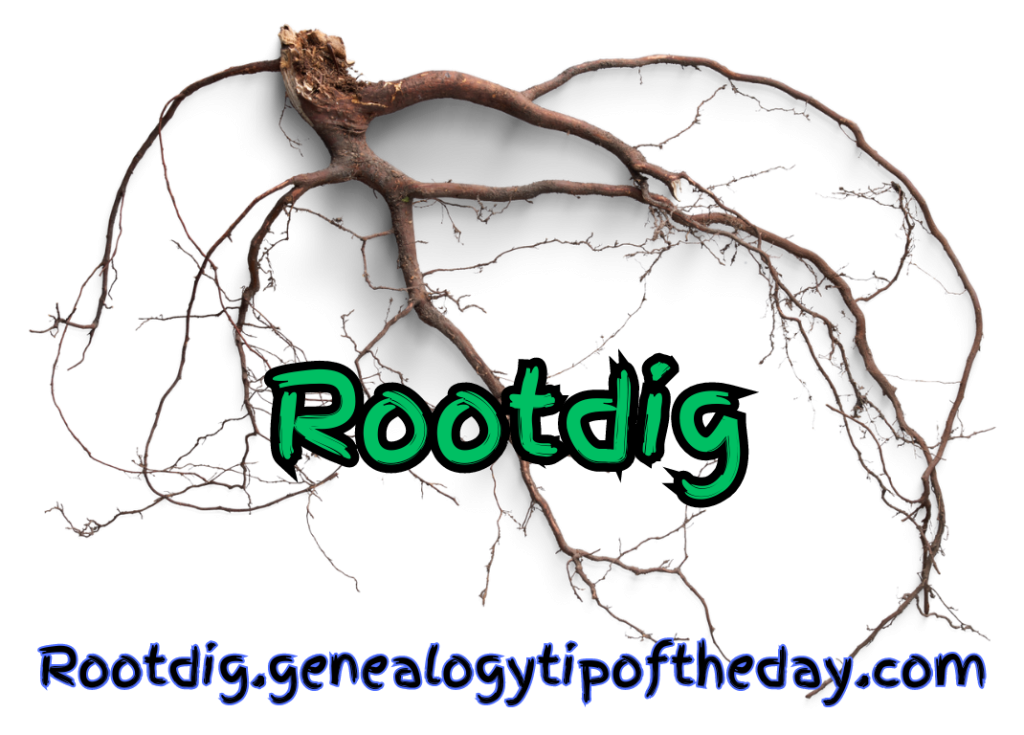

Recent Comments